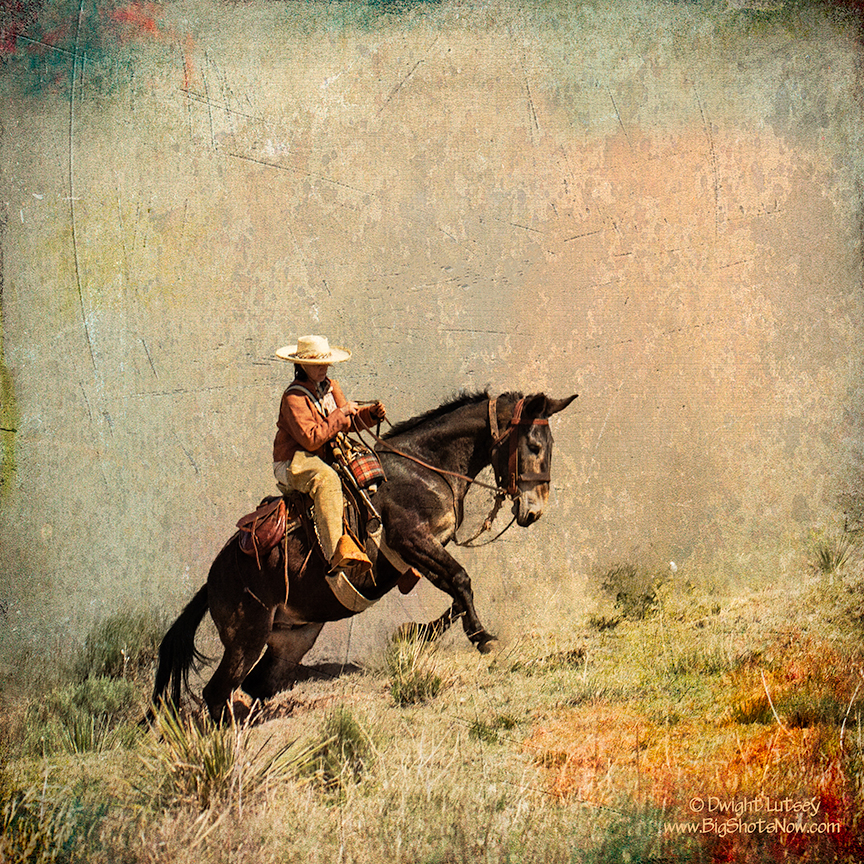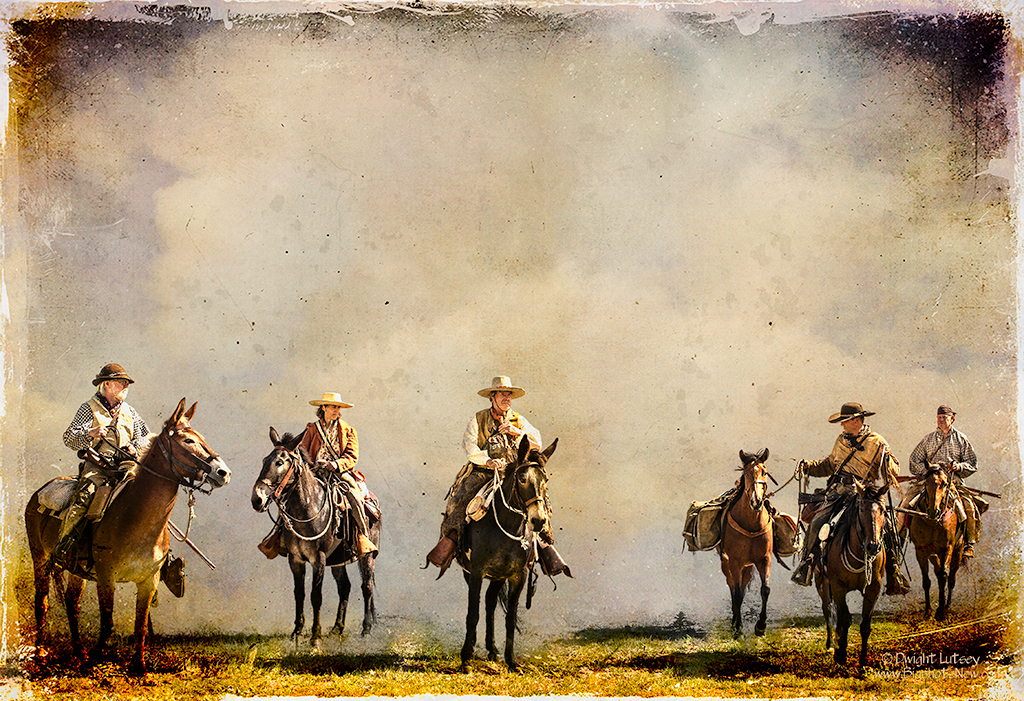
Many of you are no doubt familiar with the Lipizzaner breed of Leaping horses made famous by the Spanish riding school from Vienna, Austria. They’re the big white horses that stand on their back feet and jump around while a Spanish guy tries to stay on its back. They leap and perform circus-like tricks all the while holding their heads in the air all snooty-like. Apparently being European does that to livestock, the putting on of airs and so on.
It is said that the Spanish riding school decided to come to America and put on demonstrations of how they can jump around and amaze people who aren’t used to that sort of thing. Americans had already decided early on that they didn’t need their animals jumping around and acting hoity-toity when they could be pulling a plow or a wagon, or carrying people normal-like without all that standing on their hind legs. After all we are first and foremost a serious hard working people here and need our animals to be likewise.
Having said that, while the Lipizzaner’s were on tour they gave a performance in the Cimarron National Grasslands near Elkhart, Kansas where most of the grasslands are located. The flattest, grassiest parts anyway, and as it happens there was a mule team made up of natural, all American, not snooty, mules passing through and saw them performing. Now mules are competitive by nature and after watching these jumping around horses for awhile formed the opinion that Lipizzaner’s were just silly. Why do all that when it was not only unnecessary but you didn’t get anything extra for it. Mules are practical creatures, you want them to stand on their hind feet and jump around you got to give them something for it. None of this “Good boy” “Nice Jump”, or I guess it would be “Buen Chico” and “Buen Salto” them being Spanish and all, for American mules. You better come up with a bunch of extra hay or one big bucket of oats for them if you want them to do anything fancy.
But, and it was a big one, they felt like those transient, immigrant-like horses were trying to intimidate them. Who did they think they were coming over here with all those airs. After all they put their shoes on their hooves the same as anybody else. They decided that if a mere horse could do that stuff a mule could do it much better. So they began working out when they weren’t hauling freight or tourists down the Grand Canyon, where by the way it was important that they didn’t do any of that standing up or jumping around stuff on that narrow Bright Angel trail, until they too could do all that jumping and leaping and carrying on. They just didn’t brag about it, or go looking for Spanish guys to ride them.
They saved those talents for when it was important and necessary like when they had to go up a hill. Many times it was easier and more efficient to stand up on their back feet and hop up the incline. They didn’t have so many feet to keep track of and it made the trip more interesting. With their powerful hind legs made up of natural grass fed mule muscle they could leap 8-10′ at a time making short work of any hill climbing. It was refreshing for the riders too.
Also mules love to polka. They will often break into a lively oberek or a shoddish or any of the more polka-like dances. If you watch mule trains for any length of time you will occasionally see a mule suddenly break into a polka and whirl about, jump, leap, backup, and try to catch their own tails, scattering riders and belongings all about the prairie. Which is why experienced riders try to keep their mules engaged and occupied with more mundane trail activities, like pulling heavy wagons, or talking to them about how soap is made.
Although jumping mules are not as common as they once were they are still found in the Cimarron grasslands where they first saw the Lipizzaner’s performing. It takes an extremely experienced mule rider to transverse the rolling grasslands where at any moment their steed may revert back to its origins of being America’s Jumping Mules and perform at will.


You must be logged in to post a comment.